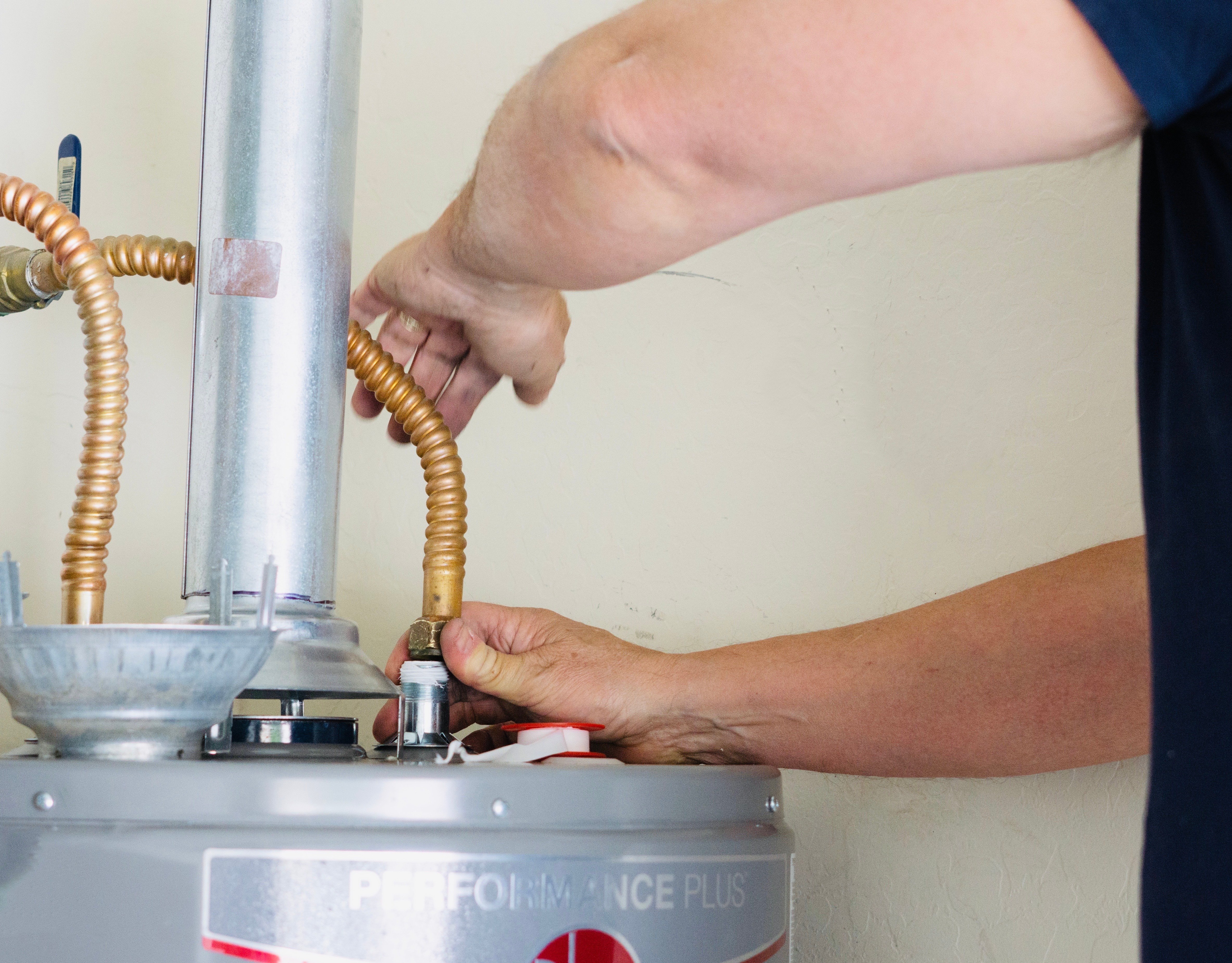Low-flow toilets are designed to conserve water by using only 1.28 gallons or less per flush, but they can sometimes present challenges such as incomplete flushing, clogs, or reduced flushing power. These issues can typically be resolved by adjusting the water level in the tank, ensuring the flapper chain is set correctly, or addressing potential clogs. Below, we’ll explore these common problems in detail and provide practical solutions to help your low-flow toilet perform at its best.
1. Ensure the Tank Has Enough Water
One common cause of poor flushing is an under-filled toilet tank. Without sufficient water, the toilet cannot generate enough pressure for a complete flush. To resolve this:
- Check the toilet manufacturer’s instructions for setting the fill valve properly.
- If your tank has a fill line, make sure the water level aligns with it. If not, aim to keep the water about half an inch below the top of the overflow tube.
2. Adjust the Flapper Chain
The flapper chain controls the flapper’s movement when you flush. If the chain is too loose or too tight, it can prevent the flapper from opening or closing properly, leading to incomplete flushing. To fix this:
- Open the tank and inspect the chain connected to the flush handle.
- Adjust the chain length so it has just a slight amount of slack when the flapper is closed.
3. Check for Clogs in the Toilet or Pipes
Low-flow toilets can sometimes struggle with clogs due to the reduced water volume per flush. If you notice frequent clogs:
- Use a plunger or plumbing snake to clear blockages in the bowl or pipes.
- If the issue persists, call a professional plumber to investigate and resolve deeper plumbing issues.
4. Upgrade to a Dual-Flush Toilet
If your current low-flow toilet isn’t meeting your needs, consider upgrading to a dual-flush model. These toilets offer two flush options—one for liquid waste and another for solid waste—allowing you to conserve water without sacrificing performance.
5. Maintenance Tips for Low-Flow Toilets
Regular maintenance can prevent many of the issues associated with low-flow toilets. Follow these tips to keep your toilet functioning efficiently:
- Inspect and replace the flapper every couple of years to ensure a tight seal.
- Clean the tank and bowl regularly to prevent buildup that can reduce flushing power.
- Have a professional plumber inspect your system annually to catch potential issues early.
When to Call a Professional
If your low-flow toilet continues to experience problems despite your best efforts, it’s time to call a professional plumber. At ABC Plumbing, Sewer, Heating, Cooling & Electrical, our experts can diagnose and resolve any toilet issues quickly and effectively. Call us at (888) 991-3942 to schedule a service today.
Related Reading
Interested in more plumbing tips? Check out our blog post: What Causes Pink Stains on Toilets and Bathtubs. Follow us on Twitter for more tips and updates.
ABC Plumbing Locations
Arlington Heights, IL220 W Campus Dr | Largo, FL11701 S Belcher Rd Suite 127 |
Downers Grove, IL1001 Ogden Ave LL4 | Tampa, FL4326 W El Prado Blvd Suite 7 |
Evanston, IL828 Davis St UNIT 205 | |
Related Services
Our Blog
VIEW ALL BLOGS
Tankless vs. Tank Water Heater: Which One is Right for You?
-
What is Freon & Why is it Important?
Freon is a specialized refrigerant that plays a critical role in your home’s air conditioning system by facilitating the heat transfer process that cools indoor air temperatures. Understanding what freon is used for has become increasingly important for homeowners who want to make informed decisions about their home comfort and environmental stewardship.READ MORE -
Why Is My Home Cooling Unevenly? 6 Effective Solutions
The blog discusses common issues where some rooms in a home are too warm while others remain comfortable. It offers six solutions to rectify this imbalance: ensuring unobstructed air vents, keeping all vents and doors open for even air circulation, checking and cleaning air ducts for debris buildup, ensuring proper attic insulation to prevent cool air from escaping, installing ceiling fans for better air circulation, and addressing air duct leaks by sealing gaps and holes.READ MORE -
What Does the Evaporator Coil in Your Air Conditioner Do?
The blog discusses the role of the evaporator coil in the home's cooling system, which is responsible for heat transfer by drawing out heat and moisture from indoor air.READ MORE
Our Promises To You
-

Convenient For You
We Work on Your Schedule
-

Background Checks
We do Drug Tests And Background Checks Before Hiring
-

No Need For Stress
Get ABCs Worry-Free Guarantee at No Cost
-

No Surprises
Pricing is By the Job, Not the Hour














